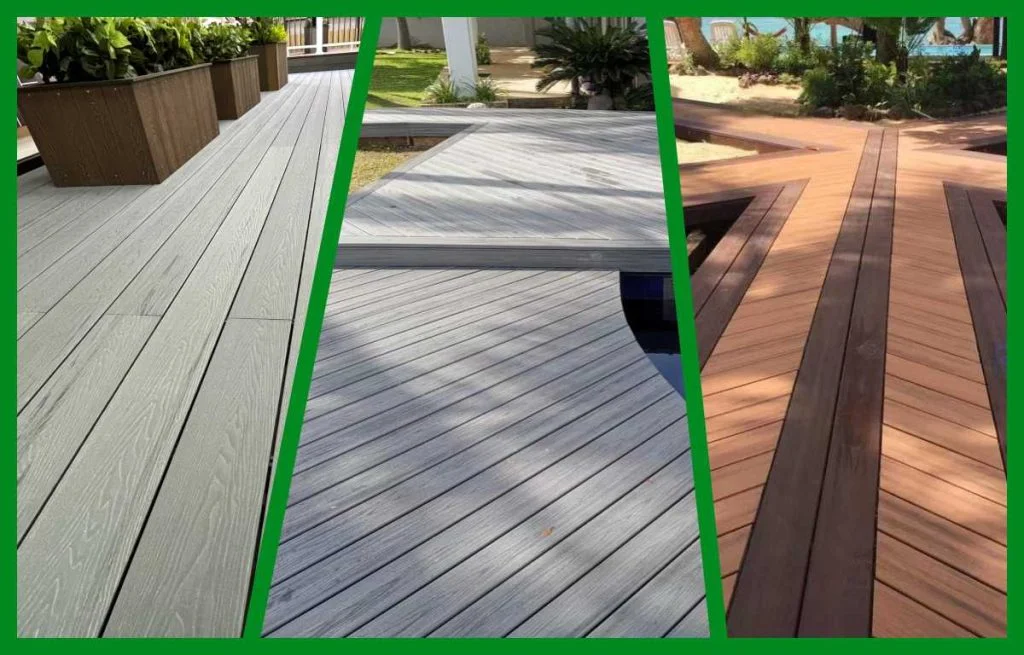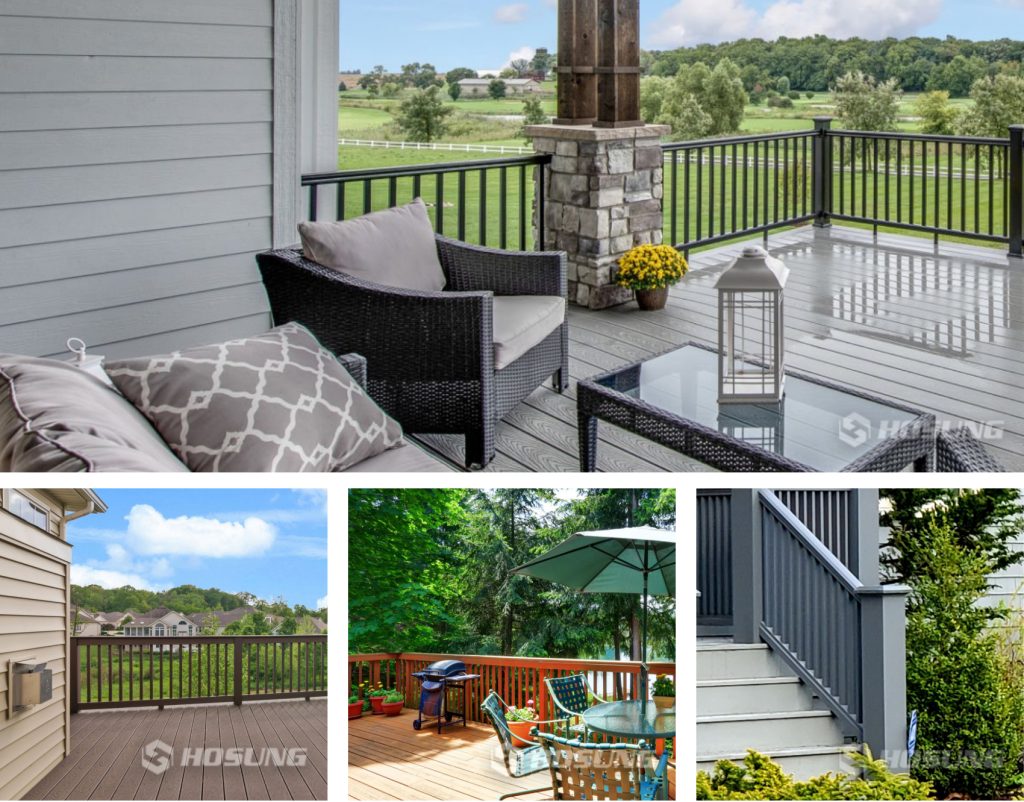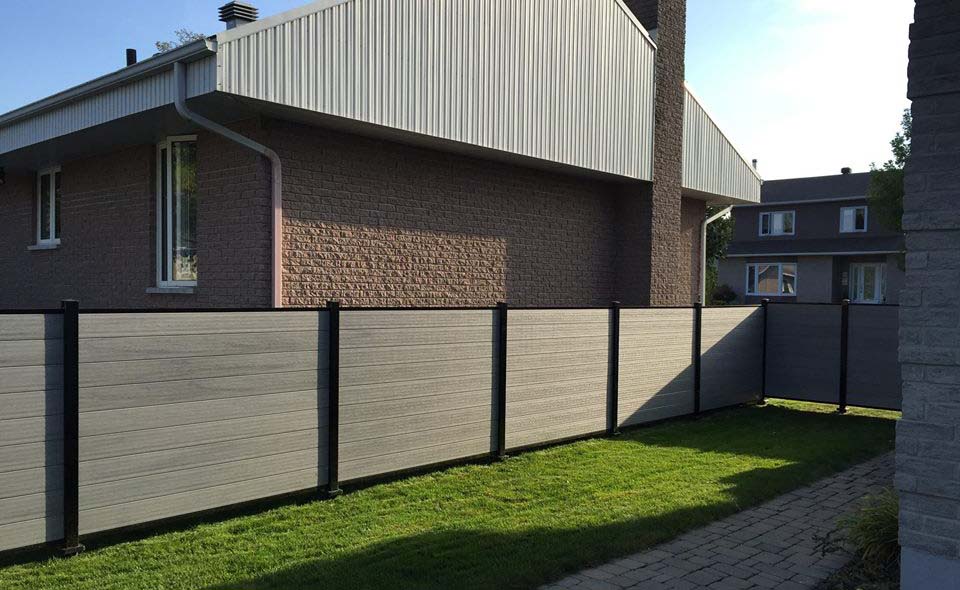Outdoor decking plays a vital role in enhancing the functionality and aesthetics of residential and commercial spaces. When it comes to choosing decking materials in Australia, two popular options stand out: Merbau hardwood decking and Hosung WPC (Wood Plastic Composite) decking. Each material offers distinct characteristics, advantages, and challenges.
Table of Contents
In this article, we’ll explore and compare Merbau decking and Hosung WPC in terms of material composition, durability, maintenance, color and design options, environmental impact, sizes, pricing, and more. Our goal is to provide an unbiased comparison while showcasing the strengths of Hosung WPC as a modern and eco-friendly alternative.
Material Overview
Merbau Decking
Merbau is a tropical hardwood native to Southeast Asia and the Pacific Islands. Known for its rich, reddish-brown hue and natural oils, Merbau is widely used in Australian decking projects due to its strength and resistance to termites.
Type: Natural timber
Botanical Name: Intsia bijuga
Hardness: Very high (Class 1 durability)
Origin: Indonesia, Papua New Guinea, Malaysia
Hosung WPC Decking
Hosung is a leading Chinese manufacturer of WPC (Wood Plastic Composite) decking. WPC is an engineered material made by combining wood fiber or sawdust with recycled plastic (usually HDPE) and additives for color stability, mold resistance, and structural integrity.
Type: Composite material
Composition: 60% wood fiber + 30% HDPE + 10% additives
Durability Class: Class 1 (comparable to hardwoods)
Origin: China
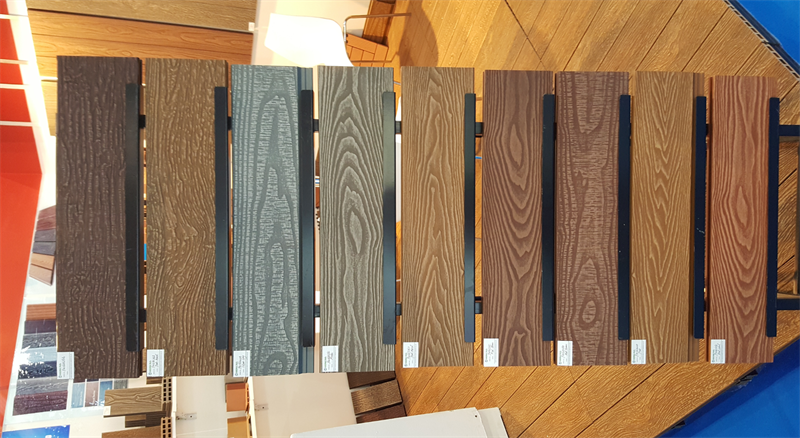
Durability & Lifespan
Merbau
Merbau is known for its durability, especially when kiln-dried and properly sealed. However, being a natural timber, it is still susceptible to:
Warping and cupping under intense heat
Splitting or cracking without regular maintenance
Tannin leaching, which can stain nearby surfaces
Termite resistance is good, but not 100% pest-proof
Lifespan: 15–25 years (with regular maintenance)
Hosung WPC
Hosung WPC is engineered to resist many of the natural weaknesses of timber decking. Its composite nature means:
No rotting, warping, or cracking
Completely termite and insect resistant
Does not leach tannins or oils
UV-resistant coating protects against fading
Lifespan: 25–30 years (low maintenance)
✅ Winner: Hosung WPC – Better resistance to weather, moisture, pests, and deformation.
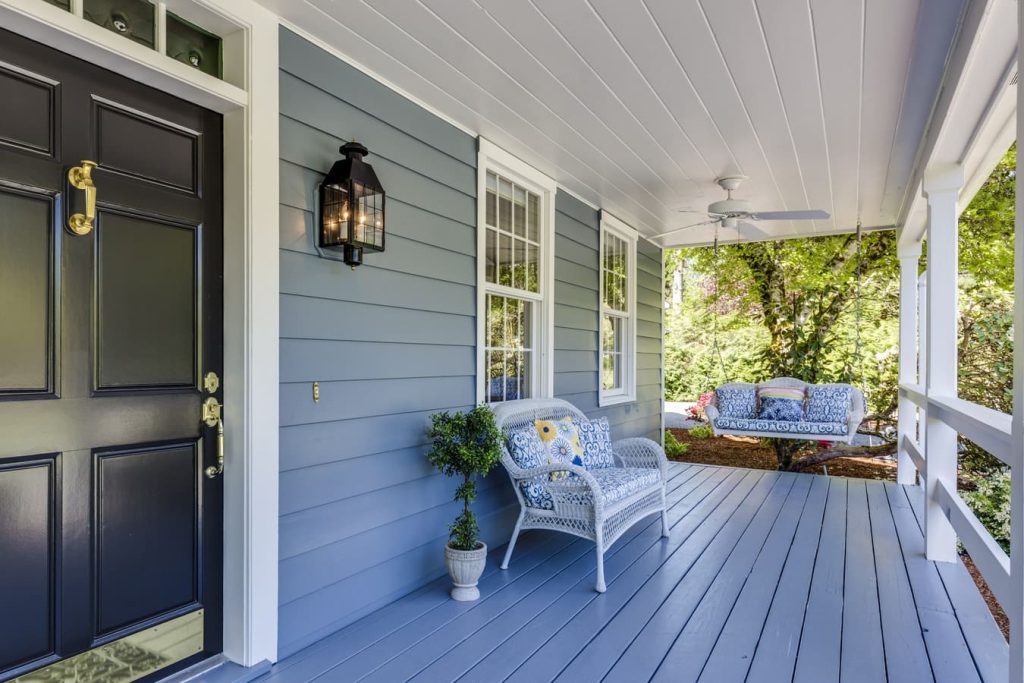
Maintenance Requirements
Merbau
Requires regular oiling (every 6–12 months) to maintain its color and prevent drying out.
Needs sanding, staining, and sealing over time.
Susceptible to mold and mildew in damp conditions.
Hosung WPC
No painting, staining, or sealing needed.
Just occasional washing with soap and water.
Does not splinter, which makes it safer for barefoot walking and pets.
✅ Winner: Hosung WPC – Significantly lower maintenance and cost over time.
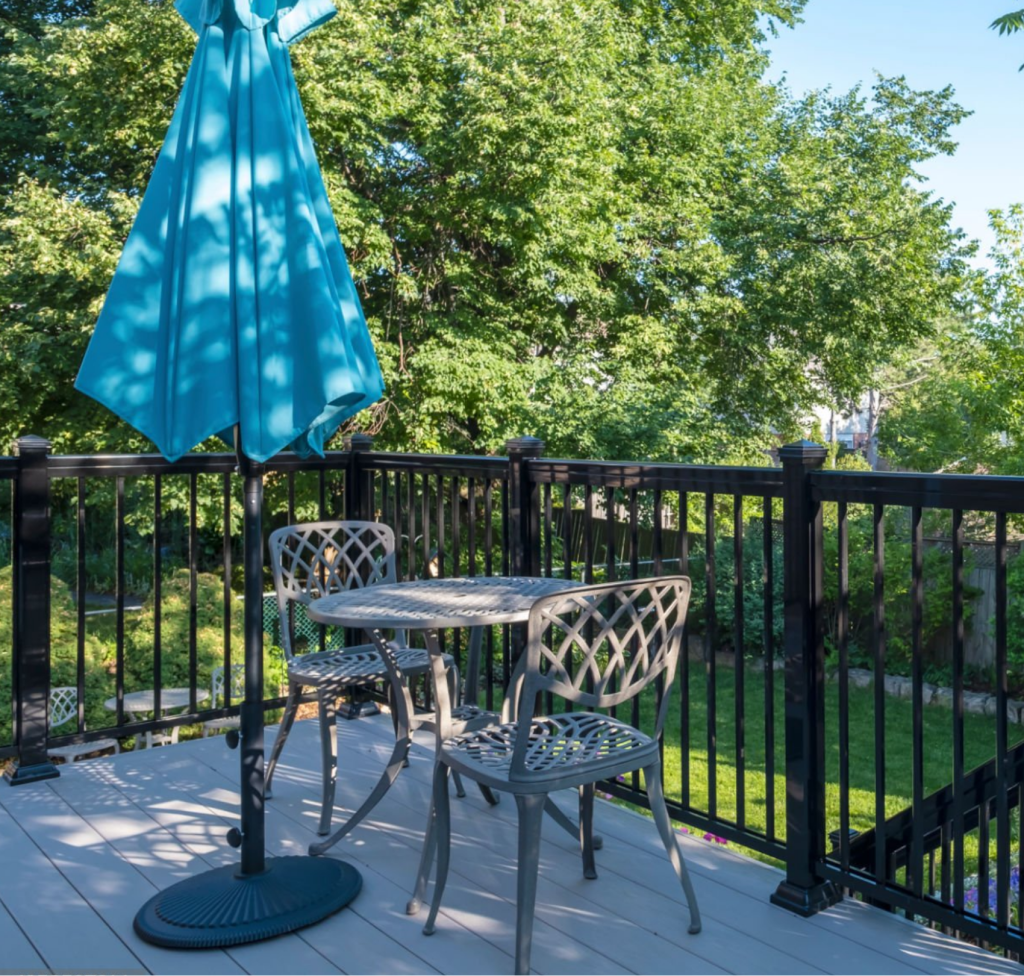
Aesthetics & Appearance
Merbau
Natural wood grain with beautiful reddish-brown tones
Ages to a silver-grey if not maintained
Texture and appearance can vary from board to board
Hosung WPC
Designed to mimic natural timber grain with consistent color and texture
Available in a wide range of modern colors: Teak, Light Grey, Coffee, Chocolate, Walnut, Charcoal, etc.
Offers capped WPC options for enhanced realism and UV protection
✅ Draw – Merbau wins in natural beauty, while Hosung excels in color consistency and modern aesthetics.
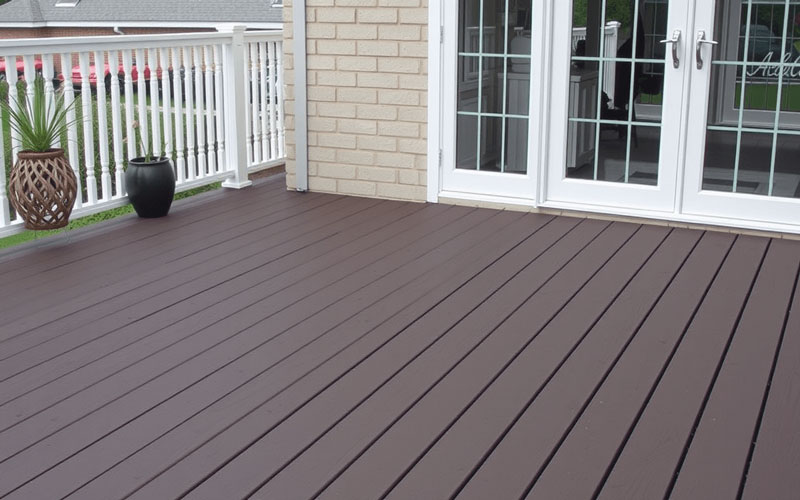
Color Options
Merbau
Merbau decking is prized for its rich, reddish-brown tone that deepens with age, giving outdoor spaces a warm, traditional look. However, its color palette is inherently limited. While you can stain or oil Merbau to slightly enhance or darken its tone, the base color remains within the natural wood spectrum. Over time, especially under intense Australian sunlight and without regular maintenance, the vibrant tones of Merbau tend to fade to a silvery-grey patina.
Additionally, Merbau is known to release tannins during the first several months after installation, especially when exposed to rain. These tannins can leach onto surrounding surfaces such as tiles, pavers, or walls, causing unsightly stains unless carefully managed. While the tannin release eventually stops, it affects initial appearance and may require extra cleaning effort.
Hosung WPC
Hosung WPC decking, on the other hand, offers exceptional versatility in color options, thanks to advanced co-extrusion technology. The colors are factory-infused and protected by a durable outer layer, ensuring they remain vibrant and fade-resistant over time. Unlike timber, WPC boards don’t leach or change color drastically with weather exposure.
Hosung offers 10+ standard color options to suit modern architectural styles and customer preferences, including:
Teak
Chocolate
Stone Grey
Dark Grey
Oak
Redwood
Antique
Light Grey
Charcoal Black
In addition to these, custom color matching is available for large-scale projects, allowing designers to fully align decking aesthetics with building facades, landscaping themes, or interior palettes.
✅ Winner: Hosung WPC – With a wider range of modern colors, excellent color stability, and no staining or leaching issues, Hosung WPC clearly outperforms Merbau in this category.
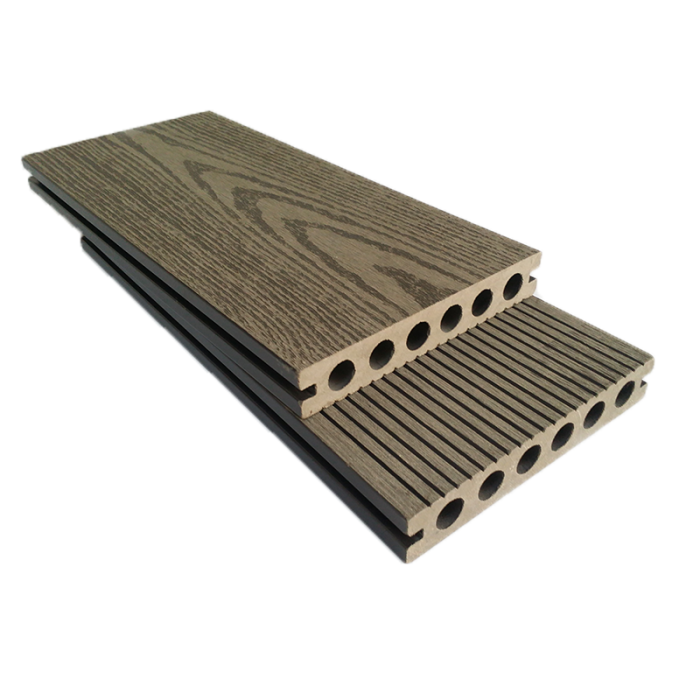
Product Range & Dimensions
Merbau Decking (Australia)
Common sizes:
90mm x 19mm
140mm x 19mm
Profiles:
Smooth
Reeded
Grooved for concealed fixing
Available as random lengths or set lengths. Offers limited customization in surface texture.
Hosung WPC Decking
Multiple series and models:
Solid decking
Hollow decking
Capped composite decking (co-extruded)
Common dimensions:
140mm x 23mm
150mm x 25mm
140mm x 21mm
Available in fixed lengths up to 5.8 meters
Special options like anti-slip surface, brushed grain, or wood-embossed
✅ Winner: Hosung WPC – Broader range of profiles, sizes, and customization.

Price Comparison
Merbau Decking (Australia)
Price Range: AUD $60–$120 per m²
Higher-quality, kiln-dried Merbau may cost more
Additional costs: oiling, sanding, sealing, and installation labor
Hosung WPC Decking
Price Range: AUD $45–$90 per m² (depending on series and finish)
Lower installation and long-term maintenance costs
Available directly from manufacturer or through Australian distributors
✅ Winner: Hosung WPC – More cost-effective over the product’s lifetime.
Environmental Impact
Merbau
Sourced from tropical rainforests, often raising deforestation concerns
Some products are certified by FSC, but not all
Biodegradable but not sustainable in harvesting
Hosung WPC
Made with recycled wood powder and HDPE plastic
Reduces plastic waste and deforestation
Long-lasting product that can be recycled again at end of life
✅ Winner: Hosung WPC – Eco-friendly and sustainable.
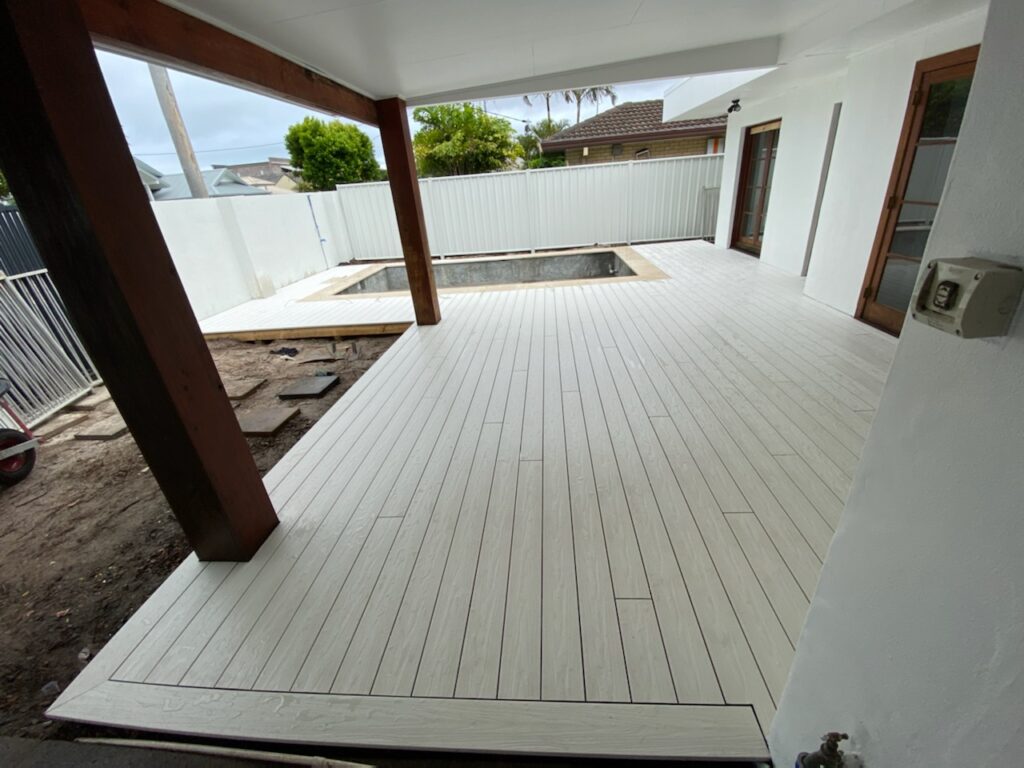
Safety & Comfort
Merbau
Can get extremely hot underfoot in direct sunlight
Splintering is a risk without regular maintenance
Slippery when wet
Hosung WPC
CoolTouch capped boards available for hot climates
Splinter-free, slip-resistant, barefoot-friendly
Ideal for pool decks, patios, and family zones
✅ Winner: Hosung WPC – Superior safety and comfort.
Installation
Merbau
Can be nailed or screwed directly onto timber joists
Requires pre-drilling for clean finish
Heavier than WPC
Hosung WPC
Quick and easy installation using clip system
Lightweight boards reduce labor intensity
Can be installed on timber or aluminum subframes
✅ Winner: Hosung WPC – Easier and cleaner installation process.
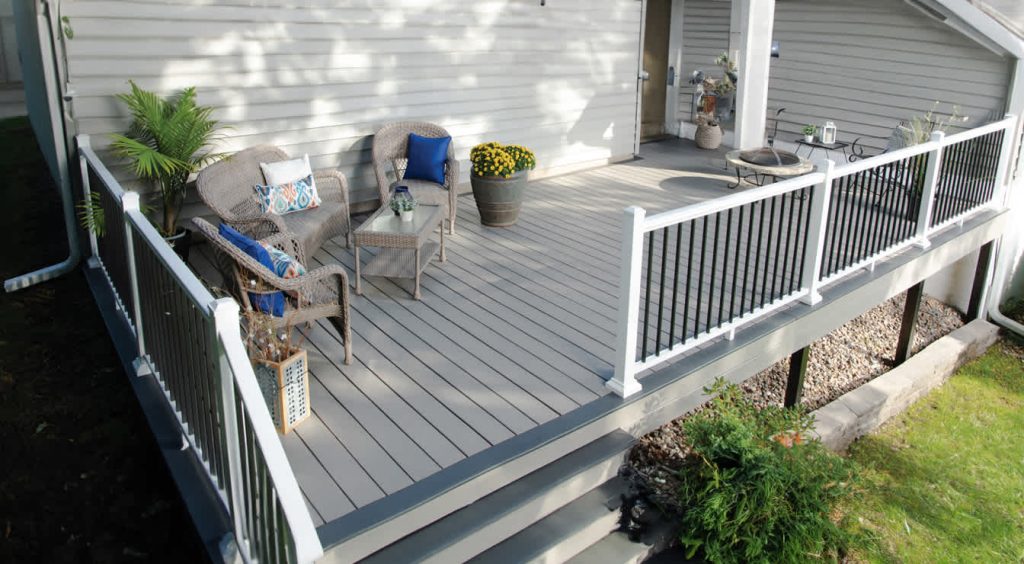
Local Availability in Australia
Merbau
Widely stocked at local timber merchants, Bunnings, and building supply centers
Long-established market presence
Hosung WPC
Available via:
Direct import from Hosung (China)
Local Australian distributors
Custom orders via project partnerships
Hosung supports OEM and bulk supply with competitive pricing
✅ Draw – Merbau has wider local stock presence; Hosung excels in global supply with support.
Best Use Cases
| Use Case | Merbau | Hosung WPC |
|---|---|---|
| Residential Decking | ✓ | ✓✓✓ |
| Pool Surroundings | ✗ (slippery & hot) | ✓✓✓ (anti-slip & heat-resistant) |
| Coastal Properties | ✓ (if treated) | ✓✓✓ (moisture-resistant) |
| Low-Maintenance Areas | ✗ | ✓✓✓ |
| Eco-Conscious Homes | ✗ | ✓✓✓ (recycled materials) |
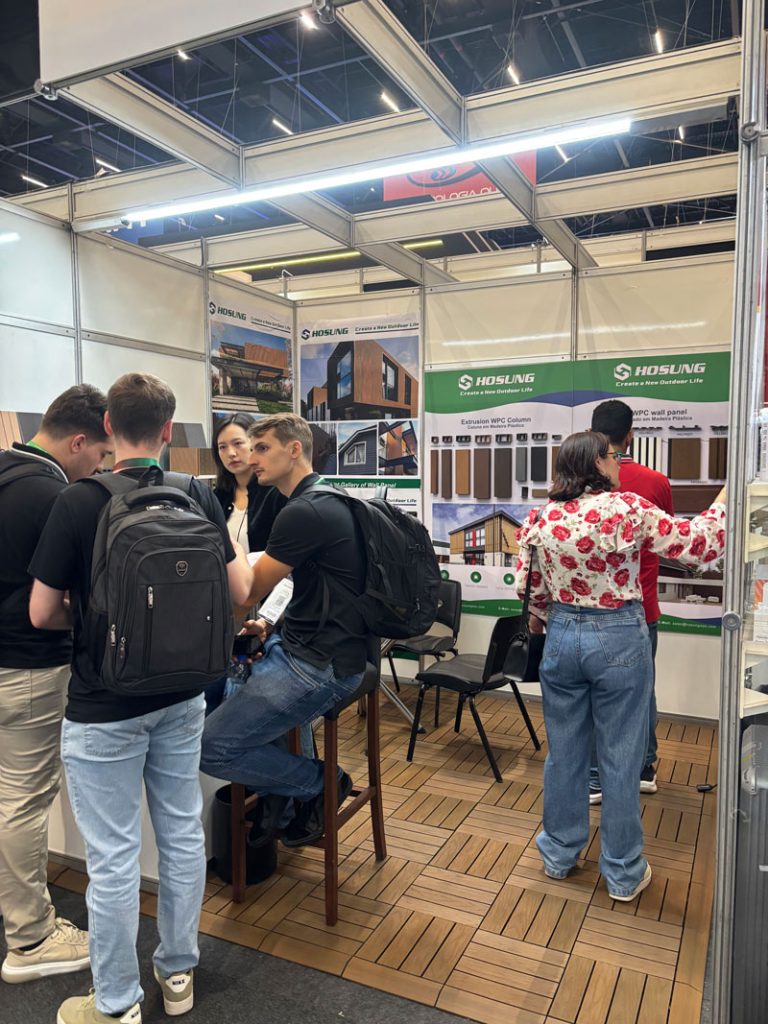
Why Choose Hosung WPC?
While both Merbau and Hosung WPC are viable choices depending on your project goals, Hosung WPC clearly leads in areas that matter most to modern consumers:
✅ Long lifespan with almost no maintenance
✅ Wide range of colors and textures
✅ Safer, cleaner, and easier installation
✅ Environmentally friendly materials
✅ Competitive pricing and direct factory support
Hosung’s WPC decking solutions are designed to meet both residential and commercial needs, whether you’re upgrading your backyard deck, building a restaurant terrace, or adding a boardwalk by the beach.
Interested in Hosung WPC decking?
Visit https://hosungdeck.com to explore our full product range, or contact our team for custom solutions and distributor options in Australia.
Conclusion
In the battle between Merbau decking and Hosung WPC, the choice depends on your priorities:
If you seek natural timber aesthetics, and don’t mind the maintenance, Merbau remains a classic.
If you want modern performance, long-term value, minimal maintenance, and sustainable materials, Hosung WPC stands out as the smarter, future-ready choice.
Both materials have their place in the Australian decking market. However, Hosung WPC offers clear advantages for homeowners, builders, and architects looking for a reliable, durable, and environmentally responsible decking solution.

